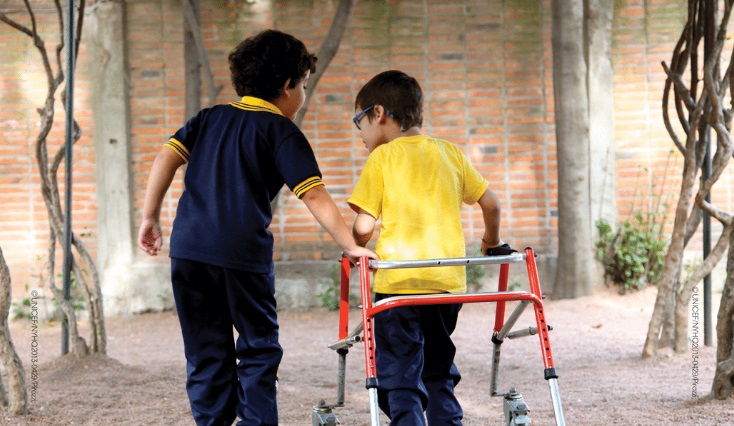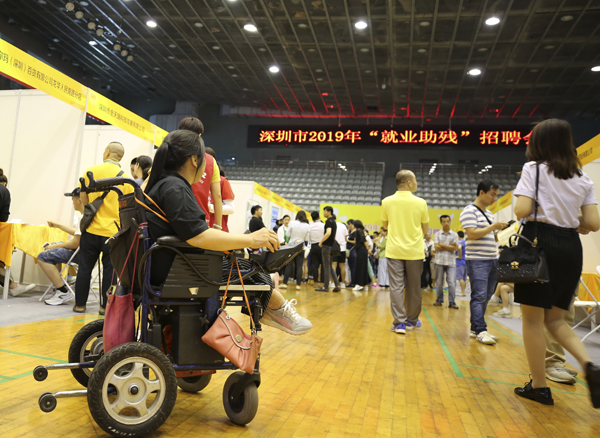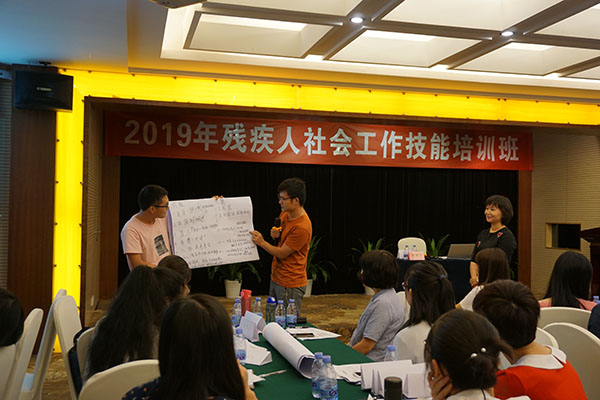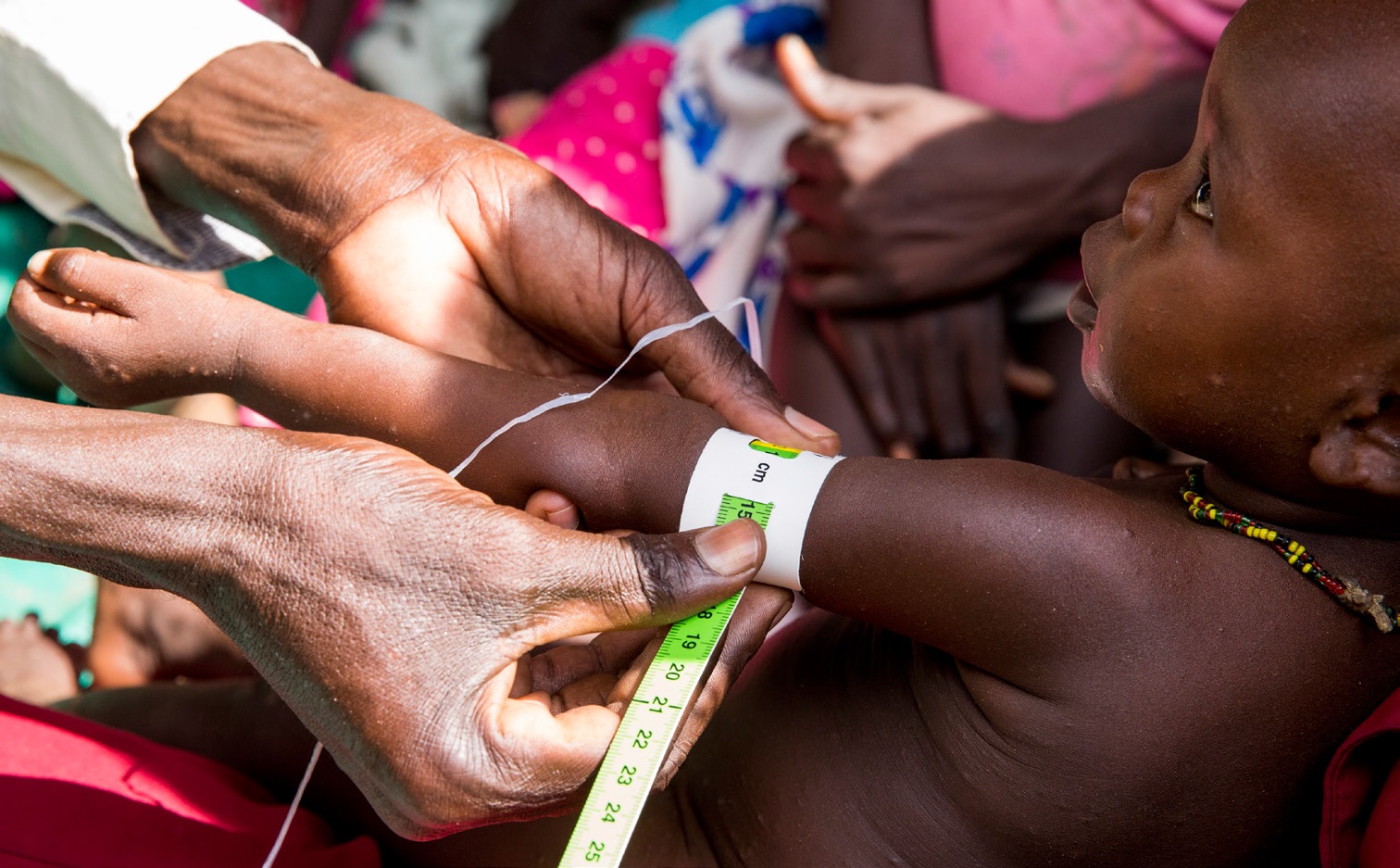

Goal 10: Reduce inequality within and among countries
The international community has made significant strides towards lifting people out of poverty. The most vulnerable nations – the least developed countries, the landlocked developing countries and the small island developing states – continue to make inroads into poverty reduction. However, inequality persists and large disparities remain regarding access to health and education services and other assets.
There is growing consensus that economic growth is not sufficient to reduce poverty if it is not inclusive and if it does not involve the three dimensions of sustainable development – economic, social and environmental. Fortunately, income inequality has been reduced both between and within countries. At the current time, the per capita income of 60 out of 94 countries with data has risen more rapidly than the national average. There has been some progress regarding creating favorable access conditions for exports from least developing countries as well.
To reduce inequality, policies should be universal in principle, paying attention to the needs of disadvantaged and marginalized populations. There needs to be an increase in duty-free treatment and continuation of favoring exports from developing countries, in addition to increasing the share of developing countries’ vote within the IMF. Finally, innovations in technology can help reduce the cost of transferring money for migrant workers.

Facts and figures
●In 2016, over 64.4% of products exported by the least developed countries to world markets faced zero tariffs, an increase of 20% since 2010.
●Evidence from developing countries shows that children in the poorest 20 per cent of the populations are still up to three times more likely to die before their fifth birthday than children in the richest quintiles.
●Social protection has been significantly extended globally, yet persons with disabilities are up to five times more likely than average to incur catastrophic health expenditures.
●Despite overall declines in maternal mortality in most developing countries, women in rural areas are still up to three times more likely to die while giving birth than women living in urban centers.
●Up to 30 per cent of income inequality is due to inequality within households, including between women and men. Women are also more likely than men to live below 50 per cent of the median income

In recent years, the Shenzhen Disabled Persons Federation has held job fairs for disabled people every year to build a face-to-face platform for job-seekers and employers and to help disabled people gain more employment opportunities. (Source: website of Shenzhen Disabled Persons Federation)

Shenzhen has continuously strengthened the construction of social work teams by disabled people. Through diversified training, the city systematically provides social workers with disabilities with work skills related to cases, groups and communities. (Source: website of Shenzhen Disabled Persons Federation)
Goal 10 targets
●10.1 By 2030, progressively achieve and sustain income growth of the bottom 40 per cent of the population at a rate higher than the national average
●10.2 By 2030, empower and promote the social, economic and political inclusion of all, irrespective of age, sex, disability, race, ethnicity, origin, religion or economic or other status
●10.3 Ensure equal opportunity and reduce inequalities of outcome, including by eliminating discriminatory laws, policies and practices and promoting appropriate legislation, policies and action in this regard
●10.4 Adopt policies, especially fiscal, wage and social protection policies, and progressively achieve greater equality
●10.5 Improve the regulation and monitoring of global financial markets and institutions and strengthen the implementation of such regulations
●10.6 Ensure enhanced representation and voice for developing countries in decision-making in global international economic and financial institutions in order to deliver more effective, credible, accountable and legitimate institutions
●10.7 Facilitate orderly, safe, regular and responsible migration and mobility of people, including through the implementation of planned and well-managed migration policies
●10.A Implement the principle of special and differential treatment for developing countries, in particular least developed countries, in accordance with World Trade Organization agreements
●10.B Encourage official development assistance and financial flows, including foreign direct investment, to States where the need is greatest, in particular least developed countries, African countries, small island developing States and landlocked developing countries, in accordance with their national plans and programmes
●10.C By 2030, reduce to less than 3 per cent the transaction costs of migrant remittances and eliminate remittance corridors with costs higher than 5 per cent
REDUCED INEQUALITIES: WHY IT MATTERS

(UN Photo / JC McIlwaine)
16,000 children die each day from preventable diseases such as measles and tuberculosis
What’s the goal here?
To reduce inequalities within and among countries.
Why?
Inequalities based on income, sex, age, disability, sexual orientation, race, class, ethnicity, religion and opportunity continue to persist across the world, within and among countries. Inequality threatens long-term social and economic development, harms poverty reduction and destroys people’s sense of fulfilment and self-worth. This, in turn, can breed crime, disease and environmental degradation.
Most importantly, we cannot achieve sustainable development and make the planet better for all if people are excluded from opportunities, services, and the chance for a better life. Despite progress in some areas, income inequality continues to rise in many parts of the world
What are some examples of inequality?
16,000 children die each day from preventable diseases such as measles and tuberculosis. Rural women are three times more likely to die while giving birth than women in urban centres. Persons with disabilities are the world’s largest minority. 80 per cent of them live in developing countries. Women and girls with disabilities face double discrimination. These are just a few examples, but it is an issue that affects every country in the world.
Why should I need to care about inequality if I don’t face any discrimination?
In today’s world, we are all interconnected. Problems and challenges, be they poverty, climate change, migration or economic crises are never just confined to one country or region. Even the richest countries still have communities living in abject poverty. The oldest democracies still wrestle with racism, homophobia and transphobia, and religious intolerance. Global inequality affects us all, no matter who we are or where we are from.
Can we actually achieve equality for everyone in this world?
It can be and should be achieved to ensure a life of dignity for all. Political, economic and social policies need to be universal and pay particular attention to the needs of disadvantaged and marginalized communities.
Recent statistics have shown that this is possible. Between 2010 and 2016, in 60 out of 94 countries with data, the incomes of the poorest 40 per cent of the population grew faster than those of the entire population.
What can we do?
Reducing inequality requires transformative change. Greater efforts are needed to eradicate extreme poverty and hunger, and invest more in health, education, social protection and decent jobs especially for young people, migrants and other vulnerable communities.
Within countries, it is important to empower and promote inclusive social and economic growth. We can ensure equal opportunity and reduce inequalities of income if we eliminate discriminatory laws, policies and practices.
Among countries, we need to ensure that developing countries are better represented in decision-making on global issues so that solutions can be more effective, credible and accountable.
Governments and other stakeholders can also promote safe, regular and responsible migration, including through planned and well-managed policies, for the millions of people who have left their homes seeking better lives due to war, discrimination, poverty, lack of opportunity and other drivers of migration.
●Background
Sustainable Development Goals (SDGs)
On January 1, 2016, the 17 Sustainable Development Goals (SDGs), including 169 targets, of the 2030 Agenda for Sustainable Development — adopted by world leaders in September 2015 at an historic UN Summit — officially came into force. Countries will mobilize efforts to end all forms of poverty, fight inequalities and tackle climate change, while ensuring that no one is left behind.
Source: un.org (unless otherwise credited)
Copyright © 2005-2021 IMCC. All Rights Reserved.粤ICP备15048427号 ruizim.net


